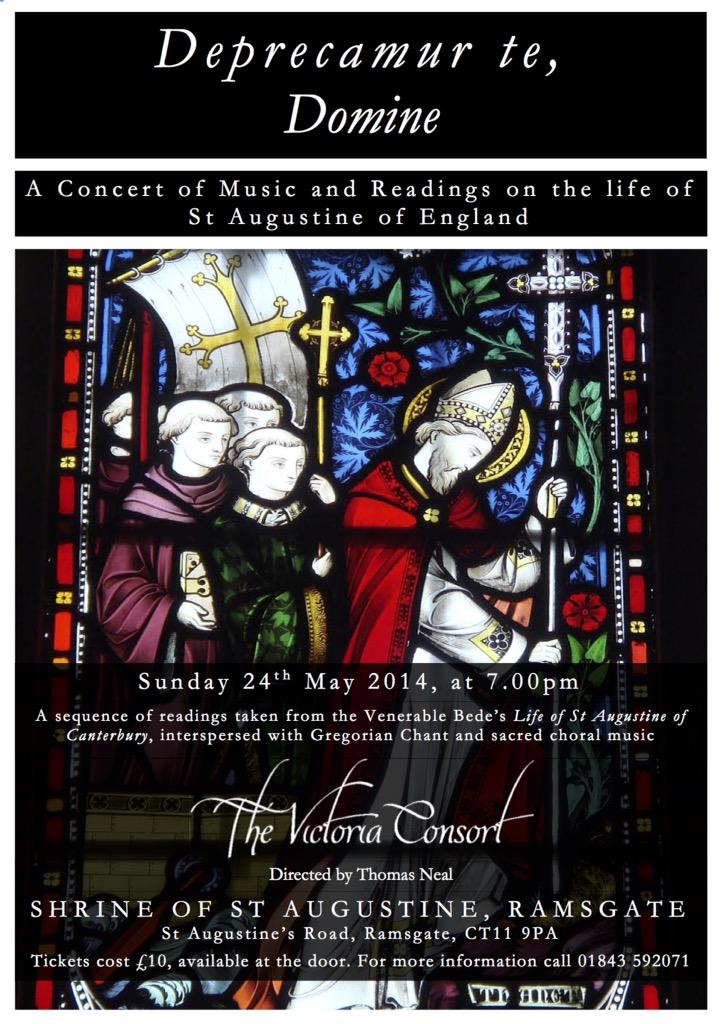Text and Illustrations from Wikipedia - the free encyclopaedia,
unless otherwise stated.
Monstrance.
Photo: 2004-10-18 (original upload date).
Source: Own work (zelf gemaakt).
Originally from nl.wikipedia; description page is/was here.
Author: Original uploader was Broederhugo at nl.wikipedia.
(Wikimedia Commons)
Adore Te Devote.
Another great Hymn from Saint Thomas Aquinas.
The Illustrations are: "The temptation of Saint Thomas Aquinas" by Diego Velazquez;
"Triumph of Saint Thomas Aquinas over the heretics" by Filippino Lippi;
"The Apotheosis of Thomas Aquinas" by Francisco de Zurbaran.
Available on YouTube at
http://youtu.be/-xs67InkZ3A.
Another great Hymn from Saint Thomas Aquinas.
The Illustrations are: "The temptation of Saint Thomas Aquinas" by Diego Velazquez;
"Triumph of Saint Thomas Aquinas over the heretics" by Filippino Lippi;
"The Apotheosis of Thomas Aquinas" by Francisco de Zurbaran.
Available on YouTube at
http://youtu.be/-xs67InkZ3A.

Adoro te devote,
latens Deitas,
Quæ sub his figuris
vere latitas;
Tibi se cor meum totum subjicit,
Quia te contemplans totum deficit.
Visus, tactus, gustus in te fallitur,
Sed auditu solo tuto creditur.
Credo quidquid dixit Dei Filius;
Nil hoc verbo veritátis verius.
In cruce latebat sola Deitas,
At hic latet simul et Humanitas,
Ambo tamen credens atque confitens,
Peto quod petivit latro pœnitens.

Plagas, sicut Thomas, non intueor:
Deum tamen meum te confiteor.
Fac me tibi semper magis credere,
In te spem habere, te diligere.
O memoriale mortis Domini !
Panis vivus, vitam præstans homini !
Præsta meæ menti de te vívere,
Et te illi semper dulce sapere.

Pie Pelicane, Jesu Domine,
Me immundum munda tuo sanguine:
Cujus una stilla salvum facere
Totum mundum quit ab omni scelere.
Jesu, quem velatum nunc aspicio,
Oro, fiat illud quod tam sitio:
Ut te revelata cernens facie,
Visu sim beátus tuæ gloriæ.
Amen.

I devoutly adore you, O hidden Deity,
Truly hidden beneath these appearances.
My whole heart submits to you,
And in contemplating you,
It surrenders itself completely.
Sight, touch, taste are all deceived
In their judgment of you,
But hearing suffices firmly to believe.
I believe all that the Son of God has spoken;
There is nothing truer than this word of truth.
On the cross only the divinity was hidden,
But here the humanity is also hidden.
I believe and confess both,
And ask for what the repentant thief asked.

I do not see the wounds as Thomas did,
But I confess that you are my God.
Make me believe more and more in you,
Hope in you, and love you.
O memorial of our Lord's death !
Living bread that gives life to man,
Grant my soul to live on you,
And always to savor your sweetness.

Lord Jesus, Good Pelican,
wash me clean with your blood,
One drop of which can free
the entire world of all its sins.
Jesus, whom now I see hidden,
I ask you to fulfill what I so desire:
That the sight of your face being unveiled
I may have the happiness of seeing your glory.
Amen.








.jpg)


.jpg)

